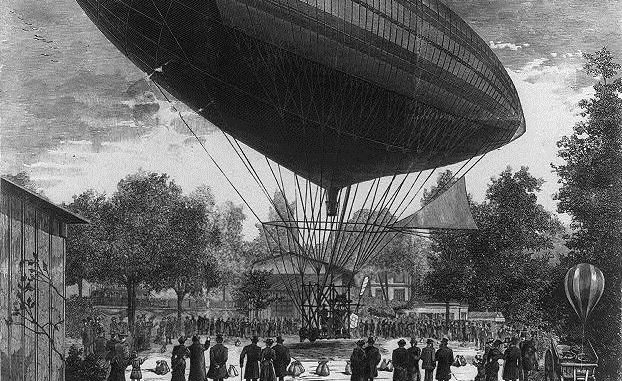
On October 8, 1883, a significant moment in aviation history unfolded when French brothers Albert-Charles Tissandier and Gaston Tissandier piloted the first-ever airship powered by electricity. This event took place in Auteuil, a suburb of Paris, France, and marked a major leap forward in the development of powered flight. The Tissandier brothers were already renowned aeronauts for their extensive work designing and flying balloons. They now sought to combine their aeronautical knowledge with emerging electrical technology, and the results would leave a lasting impact.
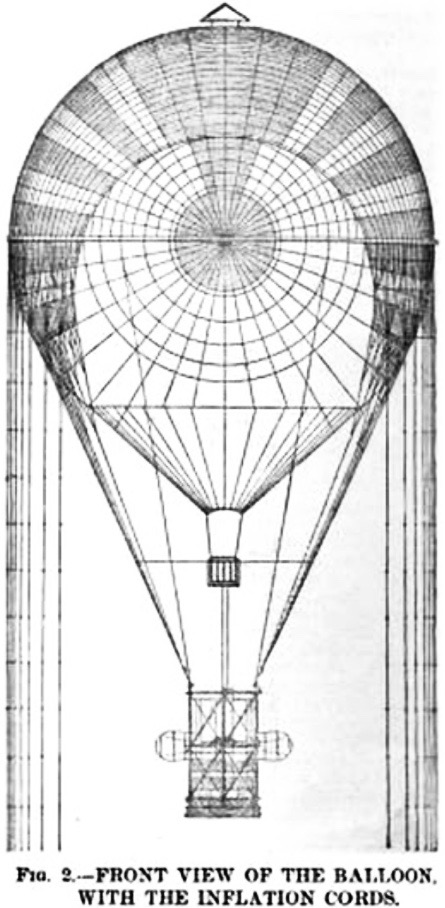
The Vision Behind the Airship
The brothers had long been passionate about aeronautics, but their drive for innovation pushed them to explore new possibilities. Electricity was becoming a powerful force in technological advancements, and the Tissandiers were among the first to see its potential in aviation. Drawing from their background as balloonists, they envisioned a future where airships could be controlled and powered by motors, no longer dependent on the winds. This dream led to the construction of their electric airship.
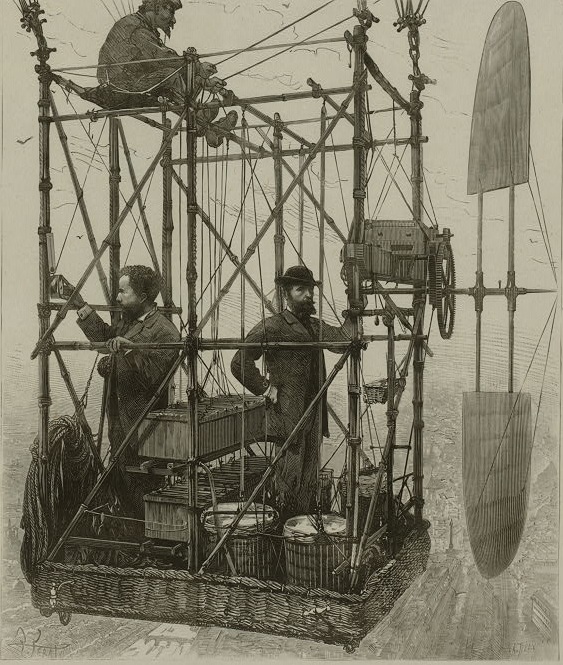
Design and Technical Challenges
The airship, 28 meters long with a diameter of 9.2 meters, had a gas capacity of 1,060 cubic meters. Its total weight, including the pilots and equipment, was 2,734 lbs. The Tissandier brothers equipped the airship with a 1.5-horsepower Siemens electric motor, a significant innovation for the time. The motor turned at 180 revolutions per minute, powering a two-bladed propeller that generated 26 pounds of thrust. This setup allowed the airship to reach a speed of 3 mph, a modest speed by modern standards, but groundbreaking for a balloon that could be actively propelled rather than just drifting with the wind. The power for the motor came from 24 bichromate of potash cells, a rudimentary but effective battery system that allowed the airship to fly for a limited duration. The airship’s design was equally ingenious. According to Scientific American, the usual netting used in airships was replaced by a suspension covering made of ribbons sewn to longitudinal strips, making the structure both sturdy and aerodynamic. The car, built from bamboo, was light but strong, and the steering was achieved through a silk rudder attached to the rear.
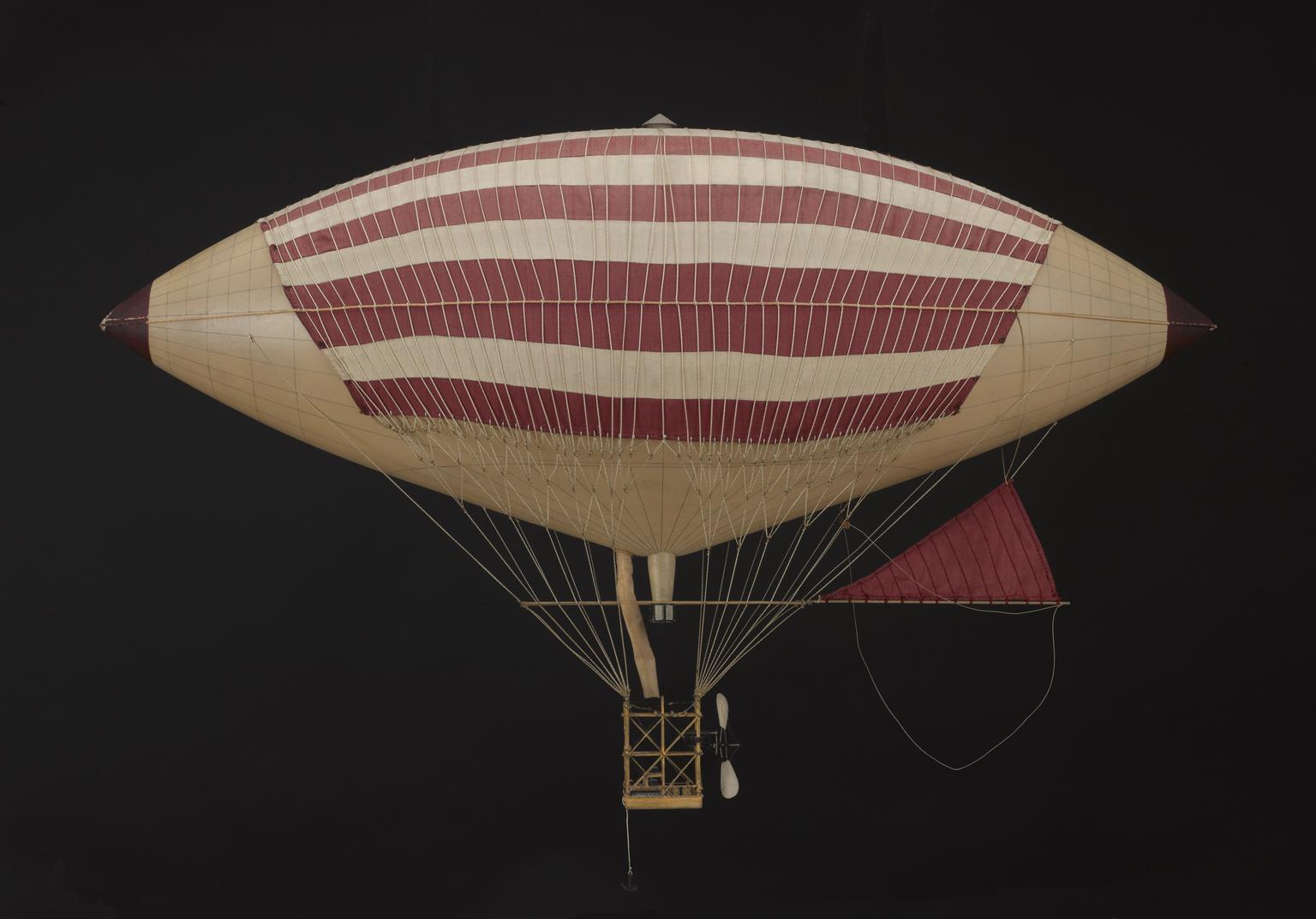
The First Flight
By late September, the Tissandier brothers were ready to test their creation, but they had to wait for ideal weather conditions. On October 6, 1883, they noted a high barometer, indicating stable conditions. By October 8, the skies had cleared, and a slight wind provided just the right amount of challenge for their test flight. They began inflating the balloon at 8:00 AM, a process that took until 2:30 PM to complete. With the balloon fully inflated, the car and motor were attached. At precisely 3:20 PM, the brothers took to the sky, rising steadily into the air. Their altitude reached 1,640 feet, and at this height, they achieved a speed of 3 meters per second. Throughout the flight, Gaston carefully regulated the ballast to maintain a consistent altitude, while the airship’s safety valve operated flawlessly, releasing excess gas as needed. The airship hovered gracefully over the Parisian countryside, maintaining a steady altitude of four to five hundred meters. The brothers continued their flight for over an hour before descending near Croissy-sur-Seine at 4:35 PM. The landing was perfectly executed, and the balloon remained inflated throughout the night without losing any gas—a testament to the success of the design.
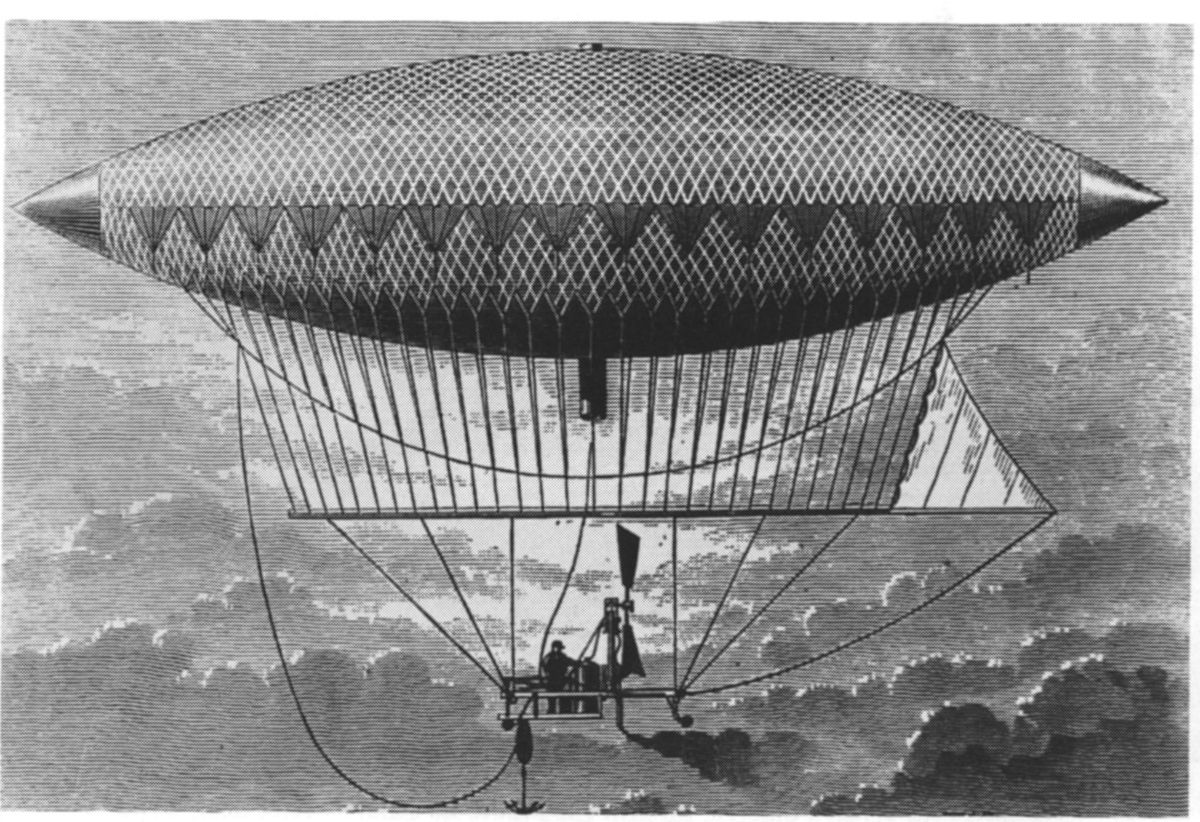
Legacy of the Tissandier Airship
The airship was not only a technical triumph but also a historic first, marking the birth of electrically powered aviation. Although its speed and range were limited, the flight demonstrated the feasibility of using electric propulsion in lighter-than-air craft. The Tissandiers’ accomplishment laid the groundwork for future advancements in airship technology. Today, we look back at this flight not just as a singular achievement but as the beginning of an era. While airships would evolve in the coming decades, the brothers’ success in 1883 was pivotal in showing that electric propulsion was a viable option for aircraft. Though the Tissandier airship itself was eventually retired, the spirit of innovation that fueled its creation continues to inspire aeronautical engineers to this day. The 1883 flight was a major milestone in the history of aviation, and it solidified the Tissandier brothers’ place among the pioneers who dared to envision a future of powered flight. Through their ingenious spirit, they made history and left a lasting legacy that continues to be celebrated.
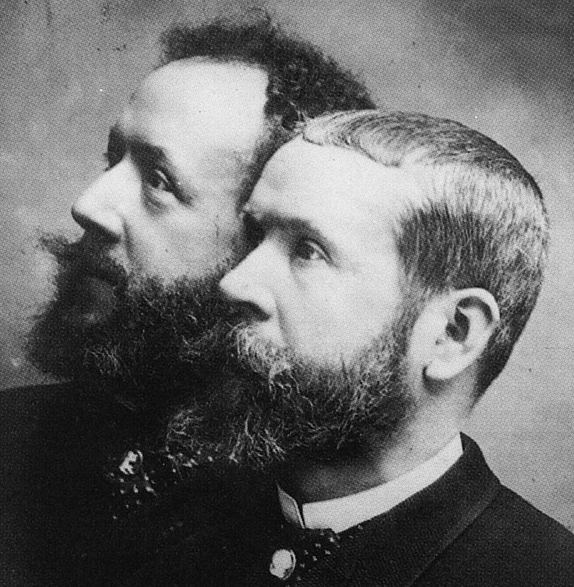
Related Articles
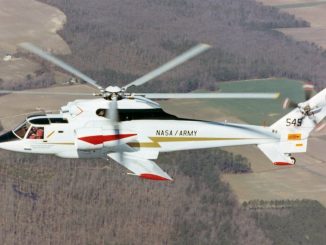
Today in History: First flight of the Sikorsky S-72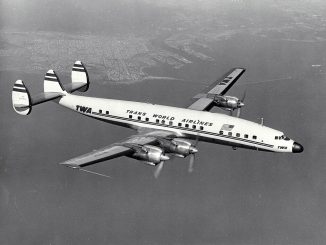
Today in Aviation History: First flight of the Lockheed L-1649…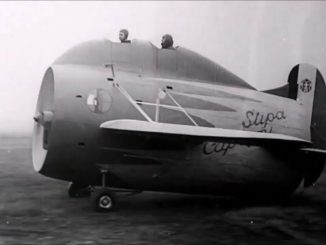
Today in Aviation History: First Flight of the Stipa-Caproni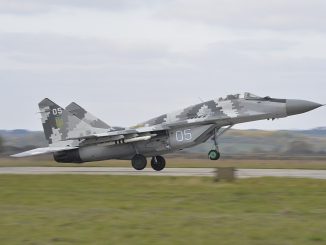
Today in Aviation History: The First Prototype of the Mikoyan…
Today in Aviation History: First Aerial Combat Kill in History…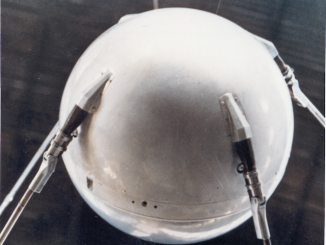
Today in Aviation History: Sputnik 1, The World’s First Artificial…
"Haritima Maurya, pen name, ""Another Stardust,"" has been passionate about writing since her school days and later began sharing her work online in 2019. She was drawn to writing because of her love for reading, being starstruck by the art of expression and how someone can make you see and feel things exclusive to their experience. She wanted to be able to do that herself and share her mind with world cause she believes while we co exist in this beautiful world least we can do is share our little worlds within.
As a commercial pilot, Haritima balances her passion for aviation with her love for storytelling. She believes that, much like flying, writing offers a perspective beyond the ordinary, offering a bridge between individual experiences and collective understanding.
Through her work, ""Another Stardust"" aims to capture the nuances of life, giving voice to moments that resonate universally. "


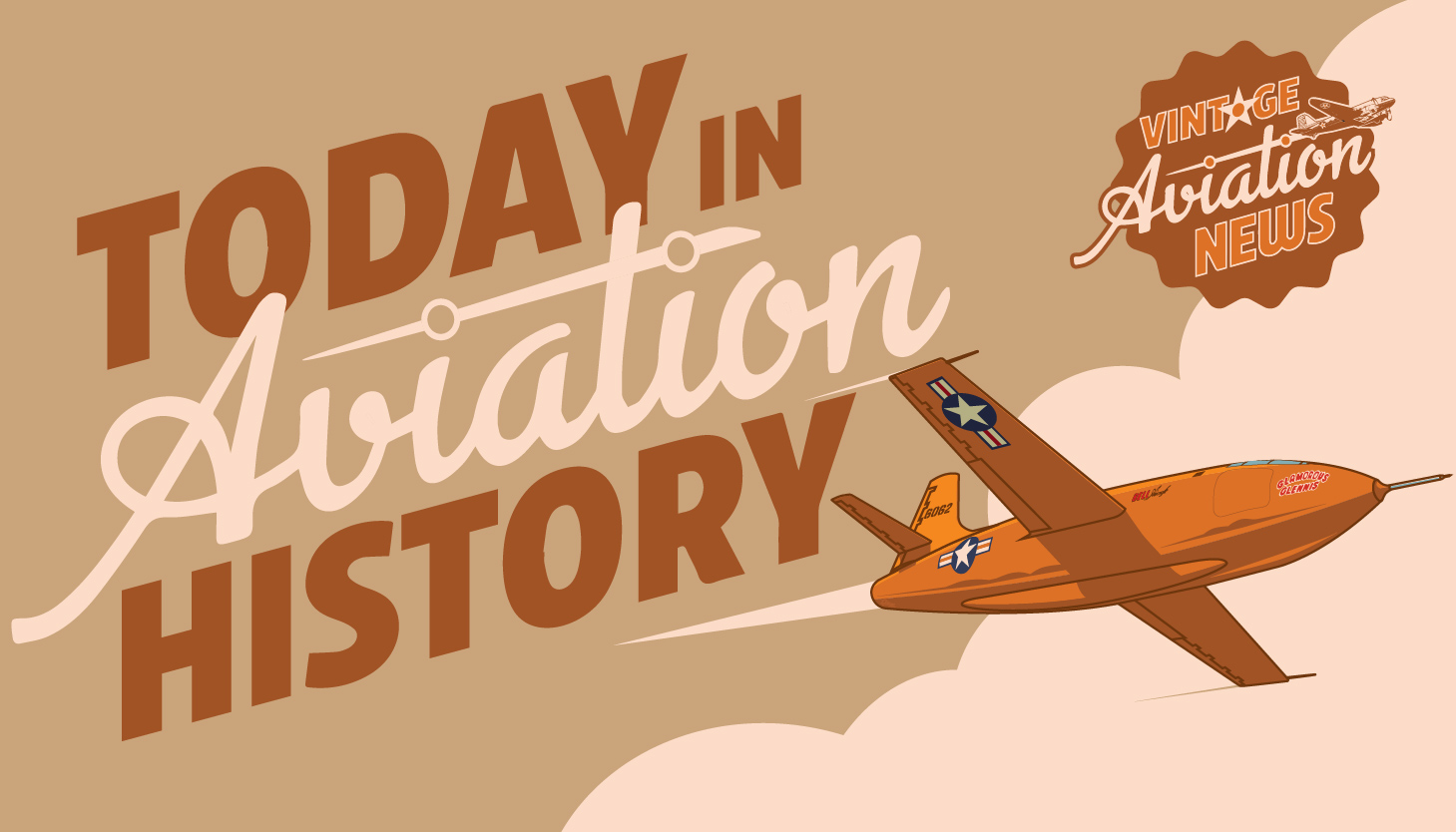



Enjoy your articles on aviation, I was in a helicopter unit in Vietnam, always thought I could fly.Xavier
Wonderful Article !